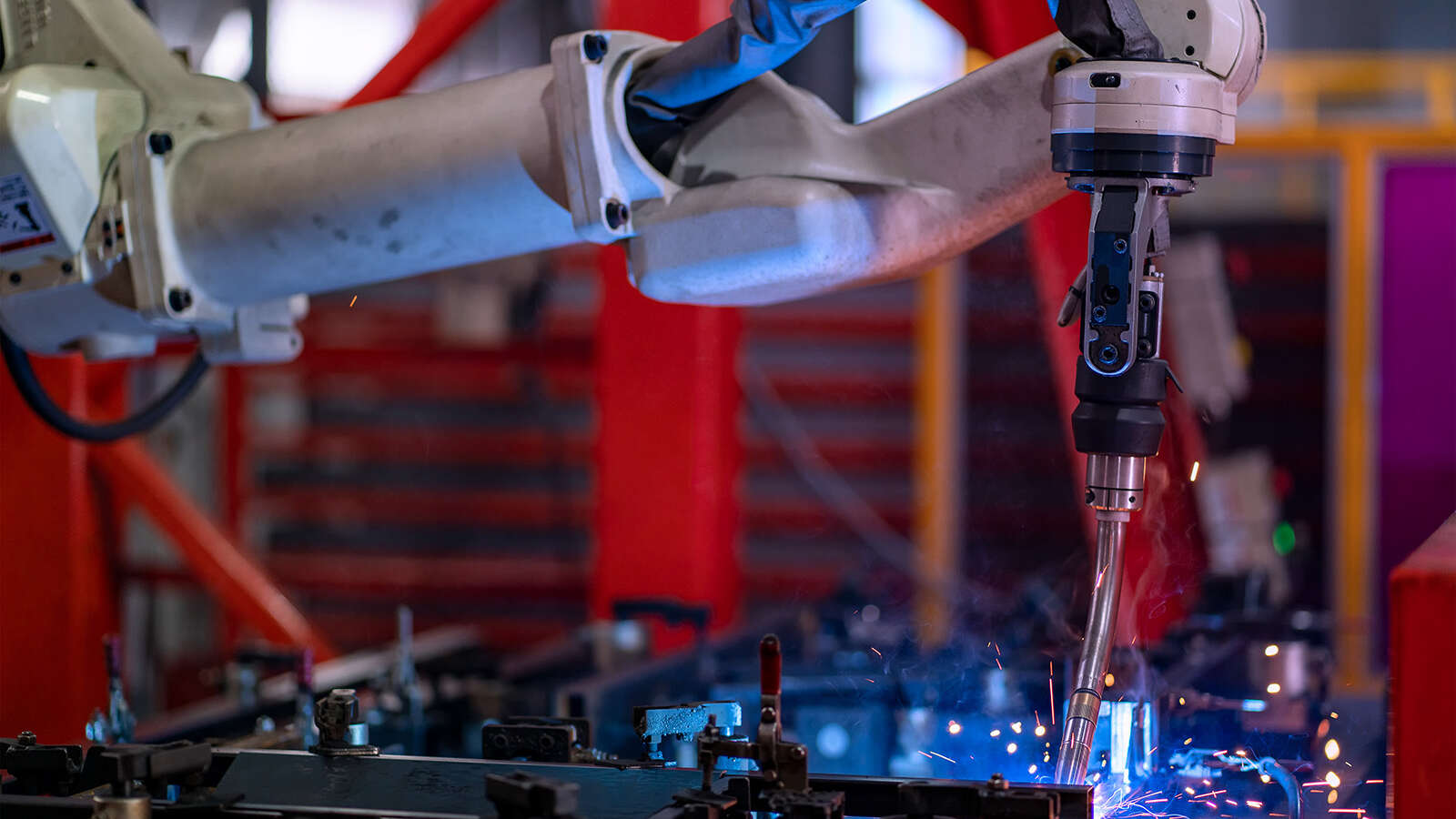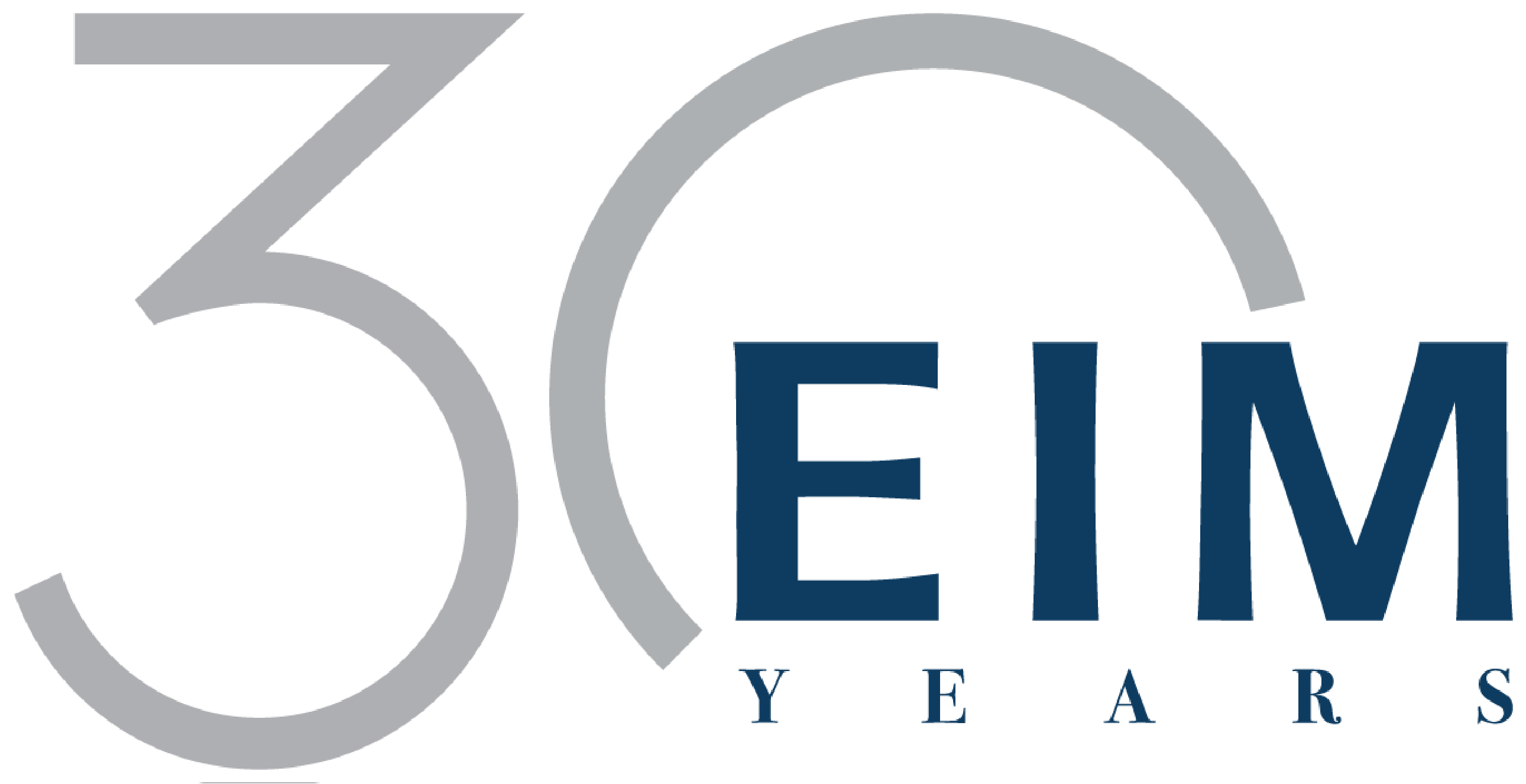| | | | | | | | | | | | | | | | | | Agility Update December 2020 If 2020 is the equivalent of a crash>reboot in IT parlance, 2021 could be a spanking new operating system. Instead of tinkering at the edges for the nth iteration of the old, brave and visionary leaders will pivot and stride out. This is a once-in-a-lifetime opportunity to squash the societal bugs laid bare by the pandemic – climate change, food insecurity, inequality etc – to transform and to reinvent. To spark creative thought, this final Agility Update issue of 2020 features big picture articles. Till our next issue in February 2021, keep well and keep safe and have a wonderful Christmas with your loved ones. | | | | | | Business: Winning the New Future Even as the pandemic lockdowns caused widespread shutdowns and job losses, some businesses – like essential health and medical equipment suppliers, remote work and education services, and online grocery sales etc – have boomed. Small businesses that pivoted also thrived. Given that new habits take on average around 66 days to form, and the world has spent most of 2020 in pandemic mode, the new foundation for demand and supply has been cast. So, where to now? The KPMG 2020 CEO Outlook COVID-19 Special Edition found that CEOs recognise that recovery from the pandemic presents an opportunity to define a new future rather than a return to ‘normal’. Between the first survey in January/February and the second in June/July, KPMG found the agenda of leaders radically shifted. Existing trends like ESG (Environmental, Social and Governance) factors, flexible working and digital transformation had accelerated. Moreover ‘talent risk’ ranked as the number one threat to long-term growth (up from number 12) with CEOs recognising the need to keep their people feeling safe but also connected, engaged and productive. As for identifying growth opportunities, management literature advise returning to basics to reassess, reconfigure business models and reallocate capital more effectively. Harvard Business Review (HBF) sets out a road map starting with a deep dive into a new habit and its cascading effects. An example is how ‘More time at home” cascades into working, eating and entertainment at home, then further to reveal potential increases and decreases in business products, services and activities. Next is to identify the type and duration of the new trends, seek out and analyse the associated data, take multiple perspectives or scenarios to reveal opportunities, then take calculated risks and choose the opportunities to pursue. Finally, work out the best business model and invest accordingly. HBR says its research shows that the most successful companies not only invest more than their peers in new opportunities but also put their eggs in fewer baskets, devoting more than 90% of net spending to segments with higher growth and returns. Among large firms doing business during the past four downturns, 14% increased both sales growth rate and EBIT margin. The World Economic Forum advises: “It’s clear that this crisis will cull a lot of outdated practices, yet many more than we might think will continue. We will always want to travel, to eat out, to be entertained, and to have experiences in person. Just don’t expect any of these activities to be unchanged. Or to be delivered by the same brands, and by the same means to which we’ve become accustomed.” | | | | | | | | | | | Fast, Modular, and Distributed When the COVID-19 pandemic triggered country-wide lockdowns, disrupting logistics and breaking supply chains, organisations shifting staff to remote working discovered that decades of offshoring critical knowledge services left gaping holes in business continuity. Overnight, call centres went dark, and business processing from salaries to mortgages were disrupted. The solution says MIT’s Sloan Review is to take a page from distributed computing principles and adopt an ‘any-to-any’ approach to services. Breaking up services into modules and reallocating these modules across multiple networks and locations based on availability rather than geography will improve resilience. The pandemic also proved that organisations and employees can adapt at speed. And old “it can’t be done” arguments were more about “won’t” than “can’t”. McKinsey's surveys confirm that organisational speed is crucial for outperformance in innovation, growth and other metrics with an impact ranging from 2.1x to 4.8x. In most industries. As McKinsey notes: “Given the evident benefits of organisational speed, the question isn’t whether speed is important, but whether organisations can afford not to build speed into their culture and processes.” More than half of leaders surveyed by McKinsey are considering or planning large-scale changes in 10 of the 12 dimensions explored. | | | | | | New Ways of Working Sending employees to work from home (WFH) was much like uncorking the genie. In Australian and global surveys of work that can be performed remotely, a majority (54% to 92%) of workers wanted WFH to stay. Compared to their global peers, Australians were more positive about remote working – 77% (world average 49%) reported higher satisfaction with their work-life balance and 68% (world average 34%) thought this new way of working would benefit both businesses and employees. Many CEOs and managers were pleasantly surprised. Employees provided with optimised work models racked up a 15-40% improvement in productivity. BCG’s survey of more than 12,000 professionals employed before and during COVID-19 in the US, Germany, and India from the end of May through mid-June found that employers who paid attention to 4 factors maintained or improved productivity: - Provision of opportunities and technology for social connectivity enabled collaborative productivity
- Recognition of the links between mental health and productivity
- Building in time for sleep, exercise, and nutrition into the new work routines. BCG found employees who have experienced better physical health during the pandemic than before it, were about twice as likely to have maintained or improved their productivity on collaborative tasks.
- Workplace tools: duplicating desk setup in the office and home with the same connectivity was essential in maintaining productivity.
The future of work is pointing to multiple hybrid models, dependant on the job or function, offering employees options from 0% to 100% remote, to working where and when they feel most productive. Some organisations like Twitter and Australia’s Atlassian have already told employees they can “WFH forever”. Face-to-face interaction will remain important and most organisations will retain offices, though the question will be how much office space? Other hot questions are how do you monitor remote workers ethically and should the new normal remote workday retain the 8-hour structure? These changes will have huge knock-on effects, from the company internal (e.g. redefining the role of the office, analysing office space requirements for staff roles, and updating office documentation including policies, processes, and the implicit and routine legacy ways of working) and rippling out to home renovations and designs, to town planning and transportation as demand and traffic flows change in CBDs, suburbs and regional areas. For the nimble, business opportunities abound. | | | | | | | | | | | | | | | | | | | | | |
|
|
| |
| |
| |
|
|
|


